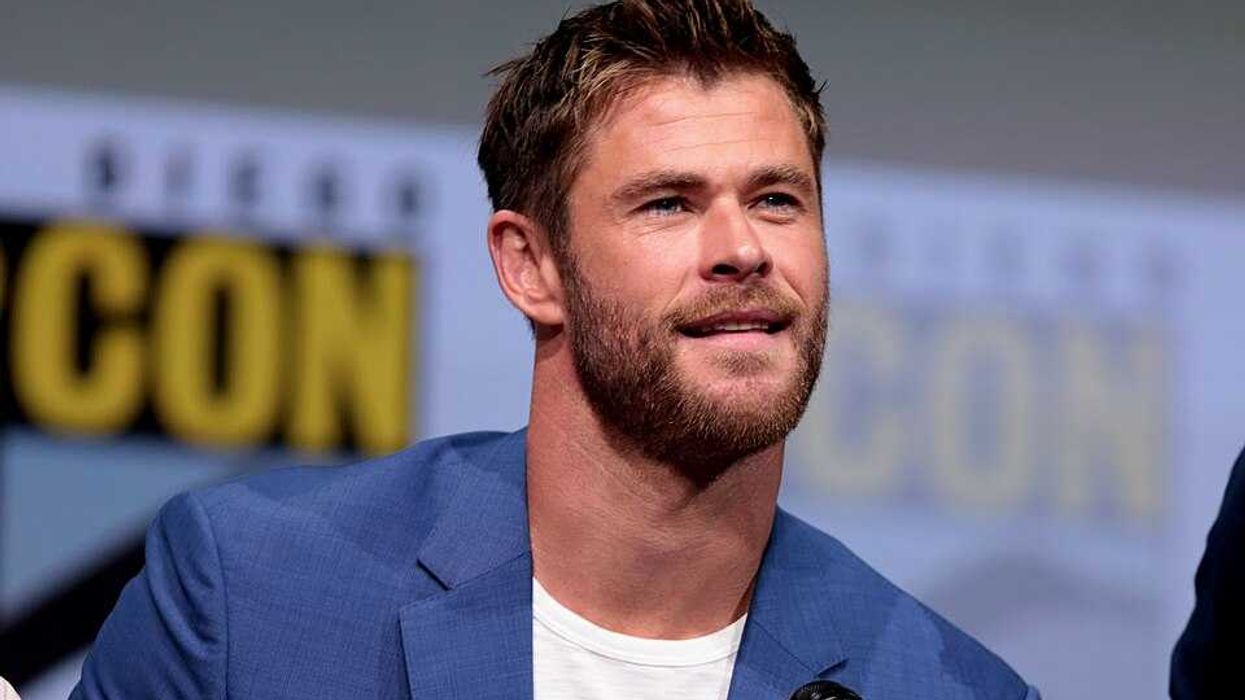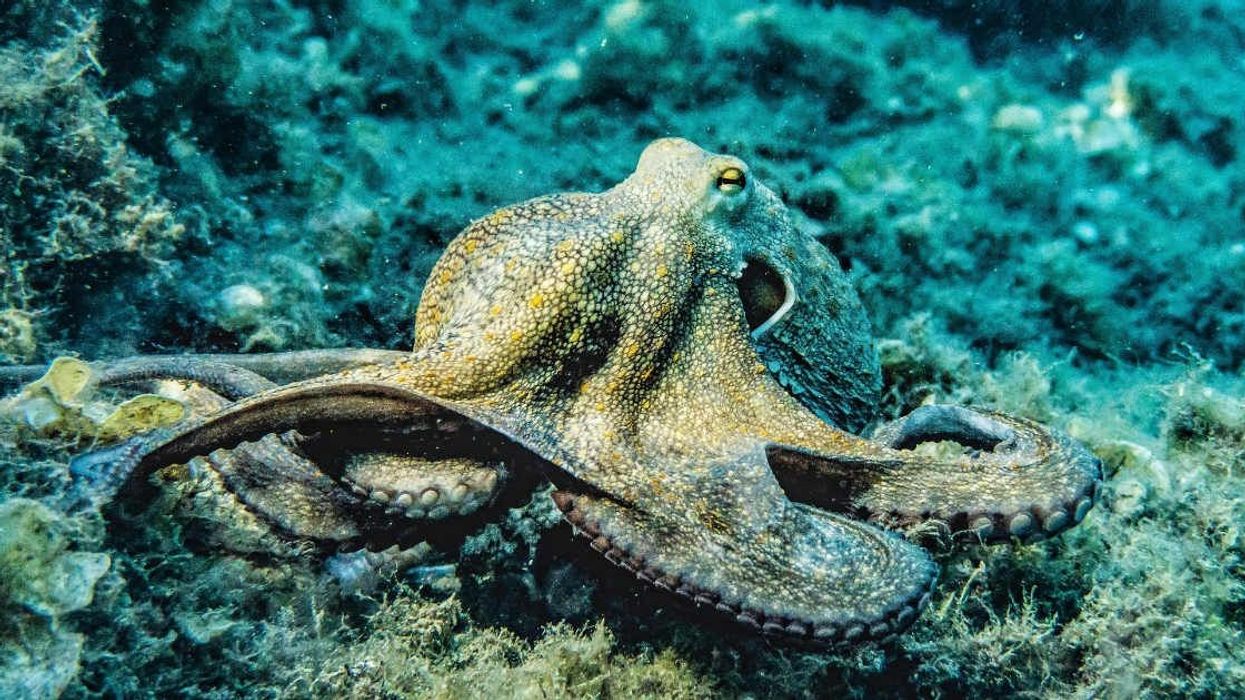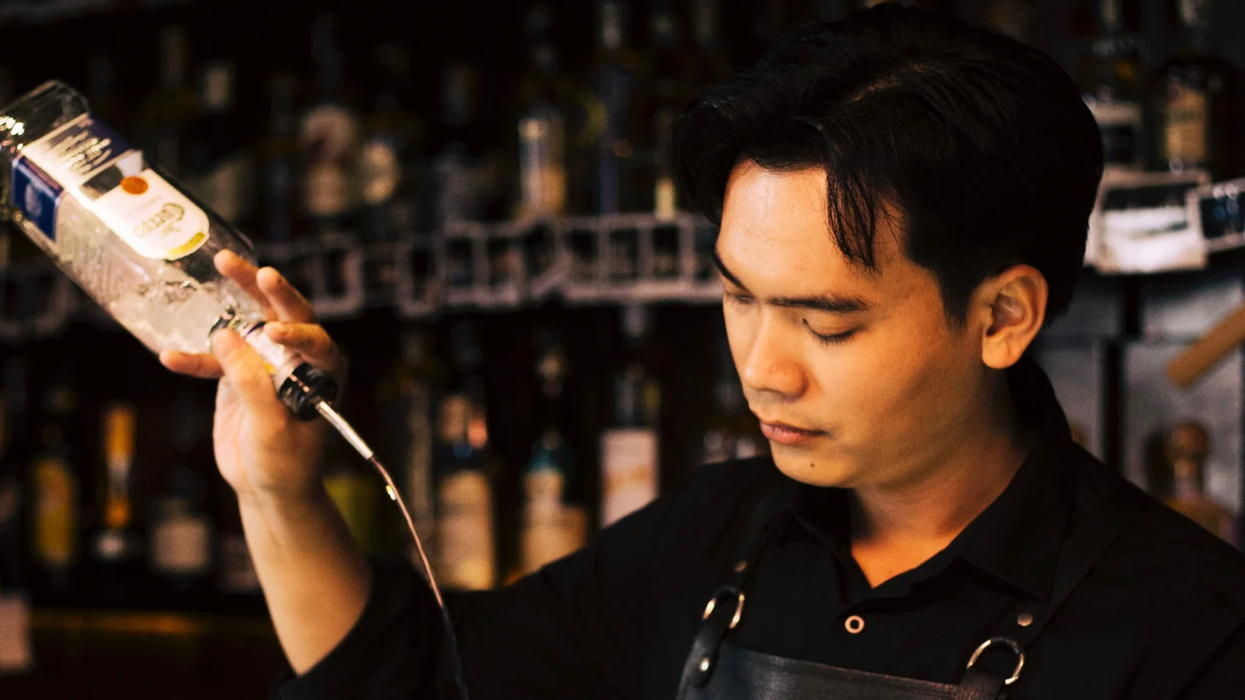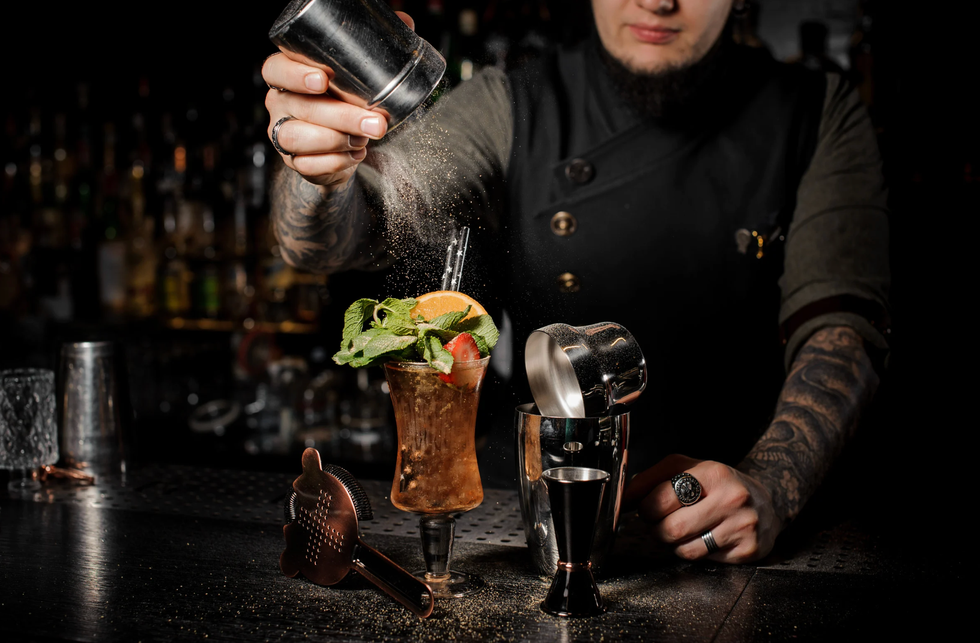Are athletes more like artists than we think? Can coaches teach athletes to be critical thinkers through sport? These are some of the questions artist, activist, and educator Dania Cabello asks in her new “Game Recognize Game” art exhibition on display at the SOMArts Cultural Center in San Francisco.
Representing a deep inquiry into the power and potential of sports as a cultural platform for social change, Cabello curated the exhibition in partnership with the Oakland Castlemont football team, Soccer Without Borders, and Senda Athletics. In an effort to create an immersive, experiential environment for intergenerational hands-on activities within the exhibit, audience members of all ages were encouraged to play inside the gallery walls.
The works from Cabello and fellow artists Arjuna Sayyed, Cece Carpio, Ed Ntiri, Yonas Tesfai, Miguel “Bounce” Perez, and Yvan Iturriaga explore the historical precedents and contemporary context for athletes like Colin Kaepernick who are leveraging sports as a platform for social change. Interactive installations, such as basketball hoops and soccer setups, invite gallery visitors to discover how play can transform public spaces and break down barriers that keep people separated. From the walls of a gallery to the border wall, Cabello wants visitors to imagine play as a physical language that can create space for greater freedom.
GOOD spoke with Cabello about why this unique exhibition matters — especially now.
What inspired this exhibition?
I’ve been working for many years at the intersection of social justice and sport. I teach physical education teachers at St. Mary’s College and do a breakdance-soccer-tricks hybrid called freestyle soccer. The possibility of sport — there’s a lot there — but there was this moment of practice where the theory and practice came together to create something I had never experienced before. I wanted to create something that looks at our current political moment and how we look at oppression, especially how joy could be used as a form of resistance.
The name “Game Recognize Game” came from the idea there’s a shared value and shared way that my friends who are artists and I live and move in the world. Some are athletes and some are artists — but they’re playful in their art or playful in how they work. We wanted the subjects to reflect us — not an “othering” that happens in art spaces. And we wanted to honor the past — athletes who have used their platform explicitly and also propose a new way to think about our physical movements and how that can be used.
Why was it important to make the installation interactive?
I built the 50-foot installation with another contributing artist because through our own research and studying the borders between Palestine and Israel, or the U.S. and Mexico, children will reimagine these barriers as a place to play. The hope is that you don’t just come and kick and play as a metaphor but actually think about how moving our bodies in playful ways in public spaces could create change. There’s really no structure — we’re not facilitating anything — the play just comes naturally.
What has the response been so far?
The response has blown me away. There have been two different camps — one, those who had not previously thought of sport as a space of critical reflection, that it was just reproducing violent masculinity. And two, those who understood sport but found a new liberating element to it. From every generation — babies crawling, elderly folks — they’re moving, dancing, drawing. Opening night was a euphoric, joyful manifestation. You can’t really tell people to move like that. It just happened. I’ve also finally been getting offers to reach larger audiences and to work with sports organizations and others on policy change.
How can art break down barriers that sport cannot and vice versa?
Sport in its purest form is one of the most beautiful artistic expressions. There’s something inherently artistic about the movement of bodies. Playing and performing is extremely creative when you remove the lines and boundaries of sport. For me, my work has been about not just highlighting that but rethinking how the artistic part can influence the instruction of sport. Could it not just be Kaepernick using it to make a political statement, but could all athletes be educated to be critical thinkers? And could coaches and athletes consider not just the act of playing but the intention with which you’re playing, such that instruction is improved to prevent the perpetuation of gender inequality and other types of injustice?
There’s an artistic expression and performative part of play. Kaepernick inspired the narrative, and he’s an important figure, but it’s about us. The change is going to come from us as the masses.

















 Screenshots of the man talking to the camera and with his momTikTok |
Screenshots of the man talking to the camera and with his momTikTok |  Screenshots of the bakery Image Source: TikTok |
Screenshots of the bakery Image Source: TikTok | 
 A woman hands out food to a homeless personCanva
A woman hands out food to a homeless personCanva A female artist in her studioCanva
A female artist in her studioCanva A woman smiling in front of her computerCanva
A woman smiling in front of her computerCanva  A woman holds a cup of coffee while looking outside her windowCanva
A woman holds a cup of coffee while looking outside her windowCanva  A woman flexes her bicepCanva
A woman flexes her bicepCanva  A woman cooking in her kitchenCanva
A woman cooking in her kitchenCanva  Two women console each otherCanva
Two women console each otherCanva  Two women talking to each otherCanva
Two women talking to each otherCanva  Two people having a lively conversationCanva
Two people having a lively conversationCanva  Two women embrace in a hugCanva
Two women embrace in a hugCanva 
 A reddit commentReddit |
A reddit commentReddit |  A Reddit commentReddit |
A Reddit commentReddit |  A Reddit commentReddit |
A Reddit commentReddit |  Stressed-out employee stares at their computerCanva
Stressed-out employee stares at their computerCanva
 Who knows what adventures the bottle had before being discovered.
Who knows what adventures the bottle had before being discovered. 
 Gif of young girl looking at someone suspiciously via
Gif of young girl looking at someone suspiciously via 

 A bartender makes a drinkCanva
A bartender makes a drinkCanva